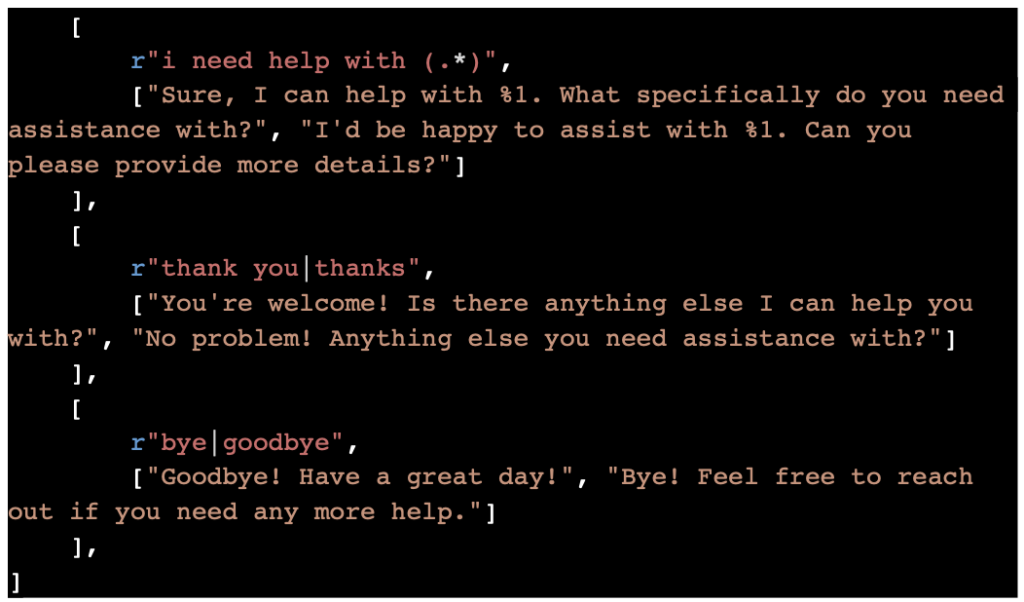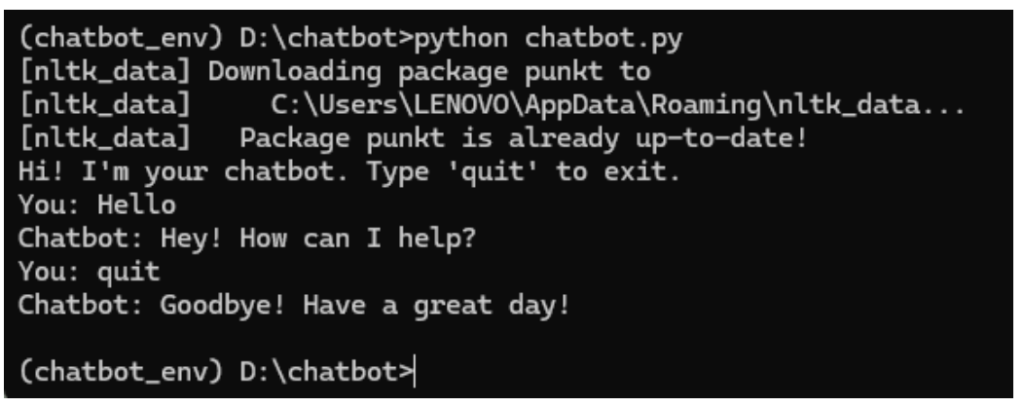In a now rapidly evolving world of artificial intelligence, conversational AI is viewed
as a game changer that changes the human-computer conversation model. The next
stage in this aspect which seems very interesting is the notion of active prompts.
Active prompts are not only a feature but also a revolution in what AI perceives and
responds to users. This blog covers some important aspects of active prompts, use-
cases and how it has started revolutionizing conversational AI.
What Are Active Prompts ?
Active prompts are the suggestions or questions generated and asked by an AI system
on the fly based on context. Passive prompts, essentially are static and pre-defined
while active ones are dynamic; generated based on the conversation so far or what
the user has spoken followed by well-grounded contextual understanding. Real-time
conversations feel more human, and conversational, and simply work best.
Let’s create a simple example of how active prompting can be implemented in a
chatbot using Python. We will use a basic chatbot framework and the nltk
library for natural language processing. The chatbot will provide active prompts
based on the user's input to keep the conversation flowing and contextually
relevant.
Requirements
Install the necessary libraries:
pip install nltk
Code file:
Output: Image
The Importance of Active Prompts
- Enhanced User Engagement: Interactive prompts help the user experience by
keeping users engaged while providing the right suggestions, or questions. That
way the conversation will keep on going smoothly and users are more likely to be
responsive to AI. - Improved Contextual Understanding: AI systems can learn from the prompts they
generate to understand and serve customer needs more accurately, thanks to
the context surrounding conversations. This results in a better user experience. - Personalization: Interactive prompts can adapt based on personal preferences,
historical interactions, and individualized requirements. Personalized at that level
will make users feel special and listened to. - Efficiency and Productivity: Active prompts guide users to where they need or want
to go faster To maintain that quality, AI will step in and actively assist with
proposing solutions (or asking for more information) to provide a customer
solution within the best possible timeframe.
Customer Support
When one thinks of customer support, active prompts can turn around the
experience by understanding what users need and giving the right responses.
Suppose a user contacts support about billing issues, for instance, AI could
prompt “Latest invoice or past payment?” This helps to narrow down quickly
and in a more efficient manner.
E-commerce
In e-commerce, active prompts can improve the shopping experience by
personalizing product recommendations and asking questions that help
understand user preferences. If for example, a user is searching for a new laptop,
it can ask AI “Is this for gaming or general use?” This makes it easier to find
the product they are looking for quicker.
Healthcare
In healthcare, prompts can be useful while talking with patients because they
may ask relevant questions based on the patient’s medical history as well as
symptoms displayed. For example, during a virtual consultation, the AI may prompt:
“Any new symptoms since your last visit?” This way, all necessary details will be
available to the healthcare provider.
How Active Prompts Work
It relys on several key technologies:
Natural Language Processing (NLP): NLP makes sure the AI is taught
how to understand and produce human language. Advanced NLP
models can infer intent, and generate prompts that are in context
as well.
Machine Learning: Machine learning algorithms evaluate past
interactions and user behavior to develop personal prompts.
These algorithms learn continuously making the AI smarter as time
goes by.
Contextual Awareness: Contextual awareness involves understanding
the bigger picture within which a conversation occurs, like past
interactions and the current state of dialogue. As such, AI can generate
appropriate prompts for particular situations. Challenges and Future
Directions
Challenges and Future Direction:
However, active prompts are not without challenges. This requires developed
algorithms and massive amounts of information to achieve contextual accuracy in
prompts. In addition, the privacy and security of user data can never be overemphasized.
Looking forward, the future of active prompts seems very bright. The quality and
relevance of active prompts will continue to improve because AI, NLP, and machine
learning is advancing. Active prompts will have a significant impact on making
digital assistants more human-like and intuitive as AI systems become increasingly
intertwined with our everyday routines.
Conclusion
This represent a big step ahead for conversational AI. By increasing user
engagement rates, improving context understanding, and providing customized
experiences, active prompts change how we deal with AI systems or machines. As
technology continues to evolve, active prompts will undoubtedly play a pivotal role in
shaping the future of conversational AI thus making our interactions with machines
more natural, efficient, and enjoyable ones.







